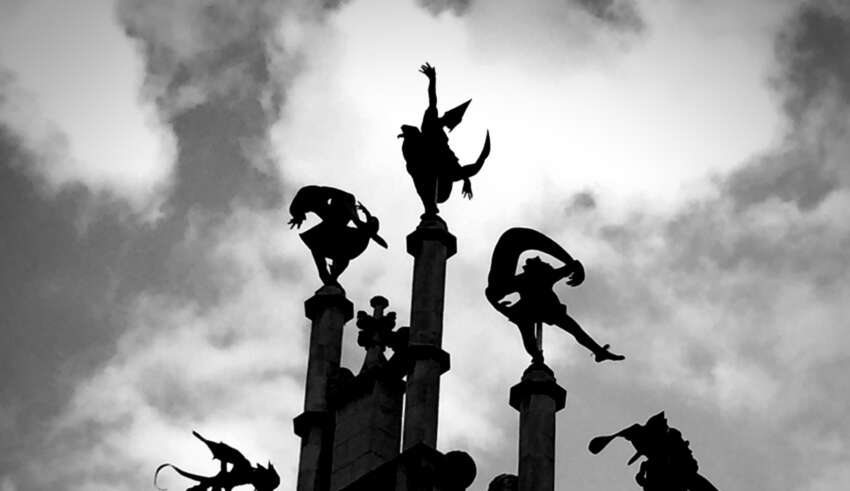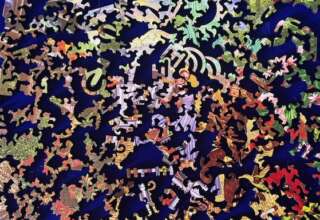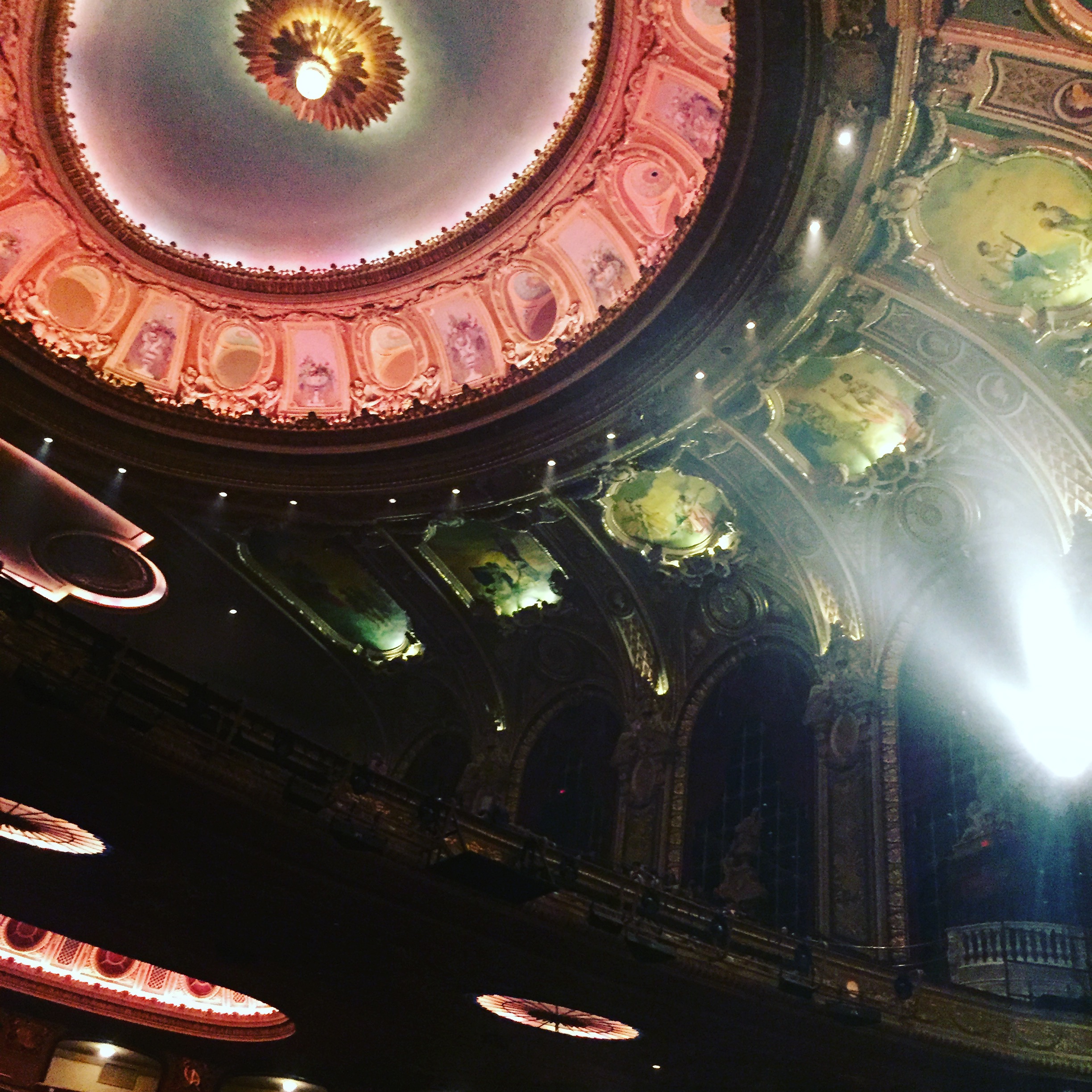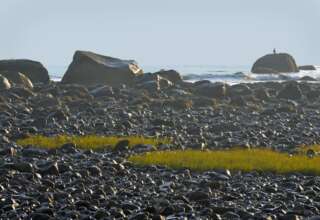
Shifting Institutional Roles and Functions
I begin with the way in which Boulding makes use of the term Intersect. He focused on the way in which different types of institutions in a society merge and intermingle to form “peculiar” organizations. To understand the growing role to be played by the Intersect organization in contemporary life, we must more broadly understand and appreciation the shifting roles played by four sectors of society: (1) the private, for-profit sector (closely-held businesses, for profit partnerships, corporations), (2) the public, non-profit sector (government and other tax-collecting and expending organizations), (3) the private, non-profit sector (human service agencies, advocacy organizations, philanthropic organizations and foundations) and (4) the intersect.
The first and second sectors in most societies rapidly expanded in size during the modern era (20th Century)—with big business being countered at each stage by big government. Peter Drucker (1999, p. 53) offered an historical perspective:
Government probably has the greatest impact [of any of the 20th Century growth sectors] on the distribution of disposable income. Not because it is a major buyer or user of products and services; except in wartime even the biggest government is only a marginal consumer. But the major economic function of government in a developed country is to redistribute between 30 and 50 percent of the country’s national income. Nothing else has therefore as great an impact on the distribution of shares of national income as changes in government policy.
The third sector (“nonprofit”) has also grown—often to supplement the work being done by government (second sector). In fact, as Drucker (1999, p. 9) noted, “[t]he growth sector in the 20th century in developed countries have been in ‘nonbusiness’—in government, in the professions, in health care, in education.” These are all “non businesses” that were primarily provided during the 20th Century by organizations in the second and third sectors.
In recent years, the second sector (government) in many societies has ceased to grow. In some societies (such as the United States) this second sector actually has often begun to decline in size—at least relative to the size of the other three sectors. While there is an effort in the 2020s to once again expand the role of government in the provision (or at least protection) of human welfare, the resistance to this expansion is great. The 1930s New Deal of Franklyn Roosevelt or 1960s Great Society of Lindon Johnson might be relics of the past.
While as Drucker (1999, p.52) noted, the government sector continued to play a powerful role as the re-distributor of disposable income, it now plays a diminished role as the direct provider of many services—ranging from education and housing to fire and police protection and even the housing of convicted criminals. As government shrinks, an increasing number of public services have been taken over by the first sector (privatization) or through volunteer services and philanthropy by the third sector (the thousand points of light).
An even greater shift has taken place from the second to the fourth (intersect) sector. This shift has been less frequently documented, in part because the fourth sector remains relatively invisible or because the second and fourth sectors are often lumped together (even though they operate in quite different ways). In part, the proliferation and growth of Intersect organizations is indicative of the recognition that government agencies per se are unable to meet many of the pressing needs of our society. The turn toward private industry in support of public projects has also been precipitated from the growing disenchantment within the public arena of the ways in which business is done in this arena. New solutions are being sought to old, unrelenting organizational problems in public agencies.









